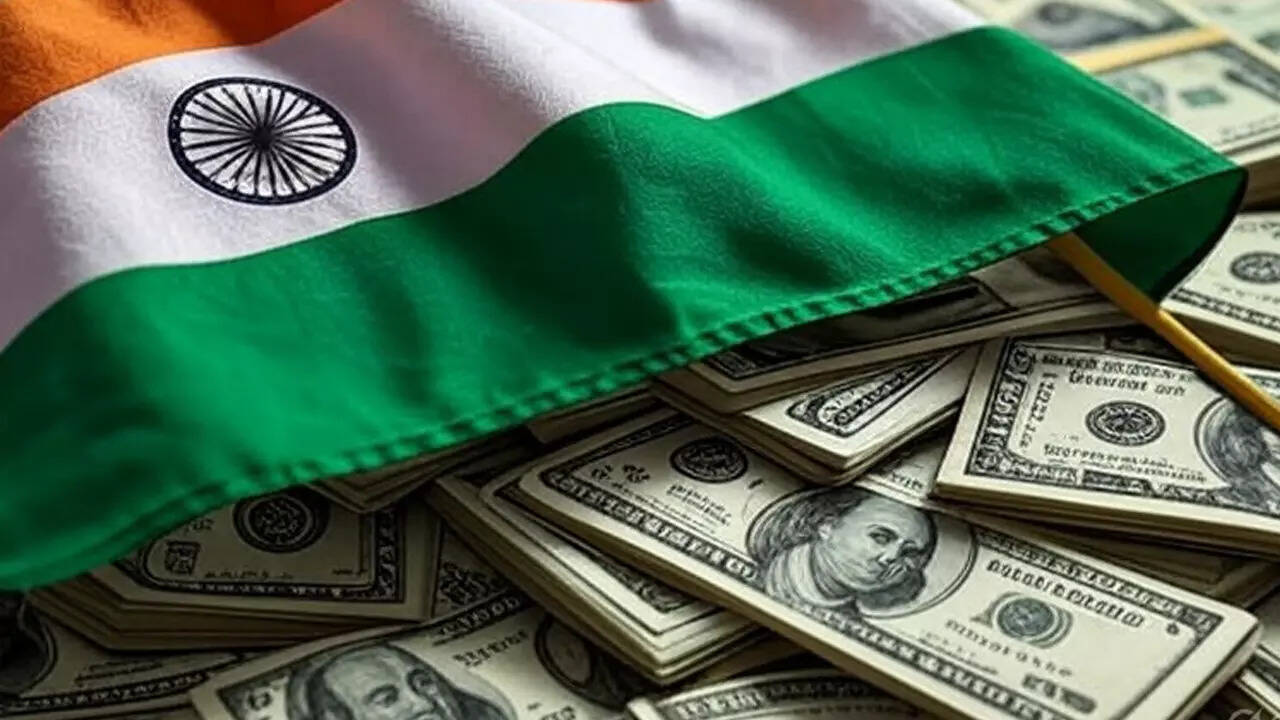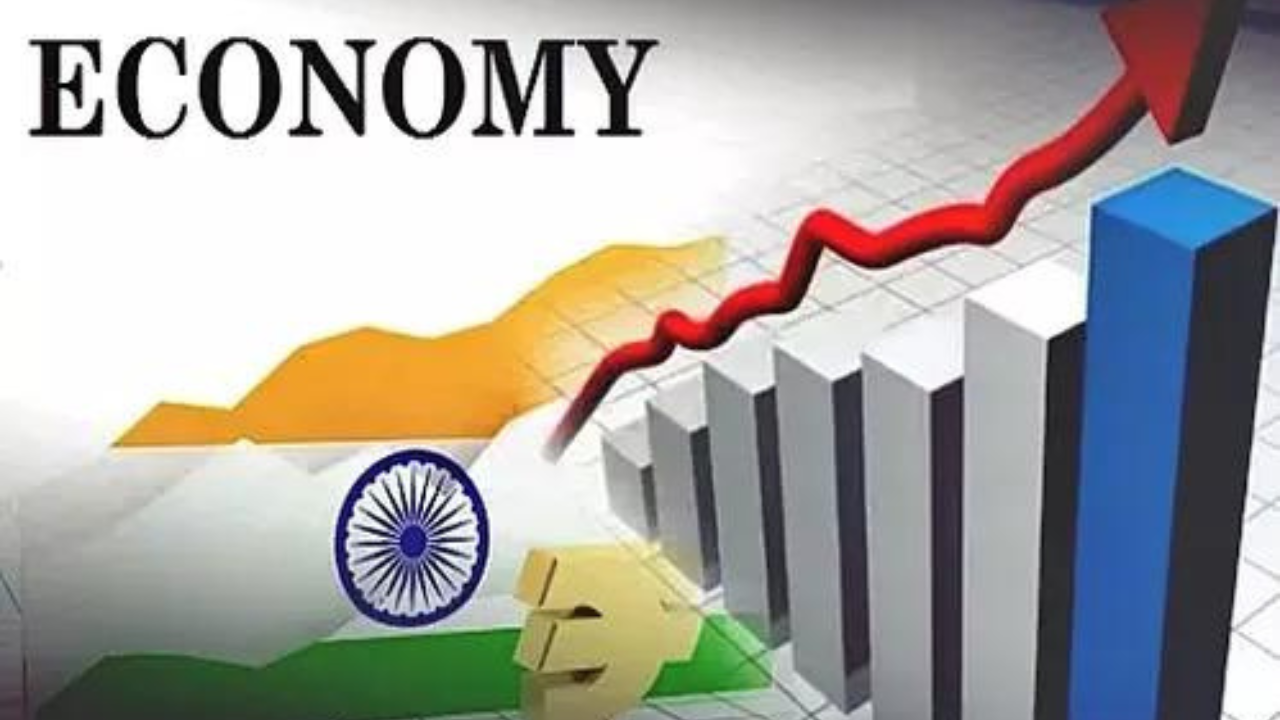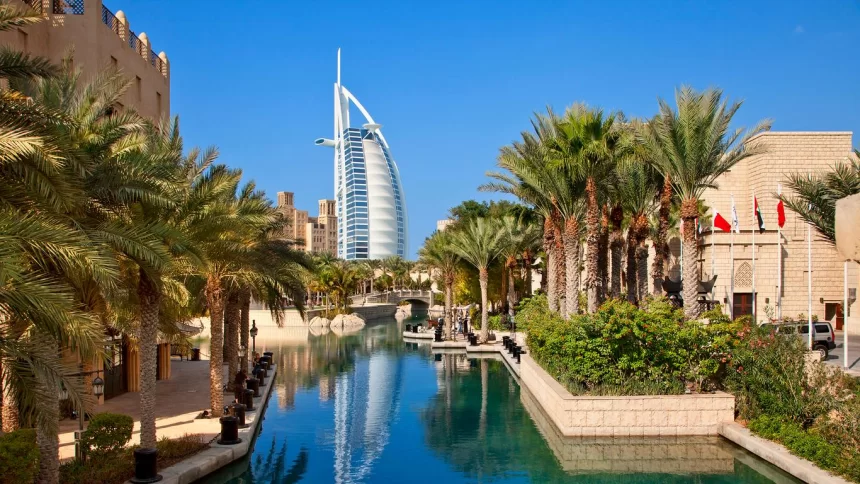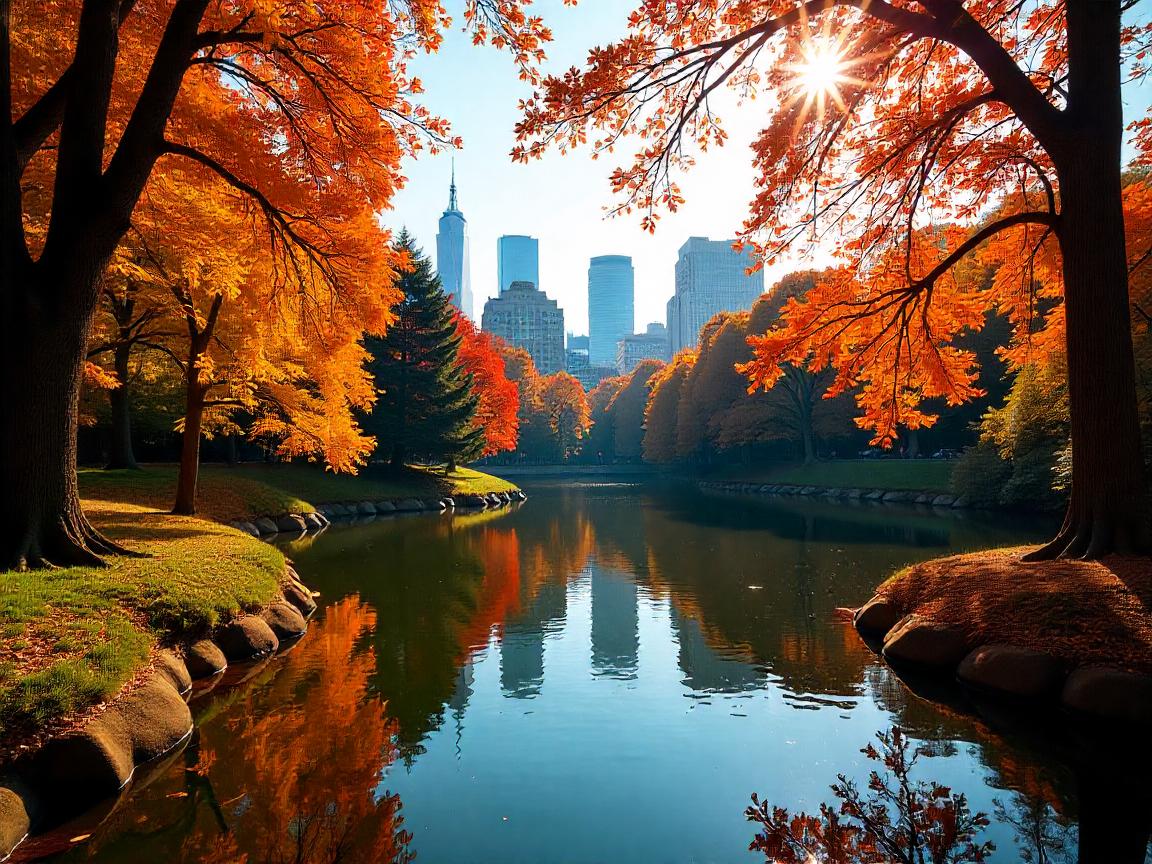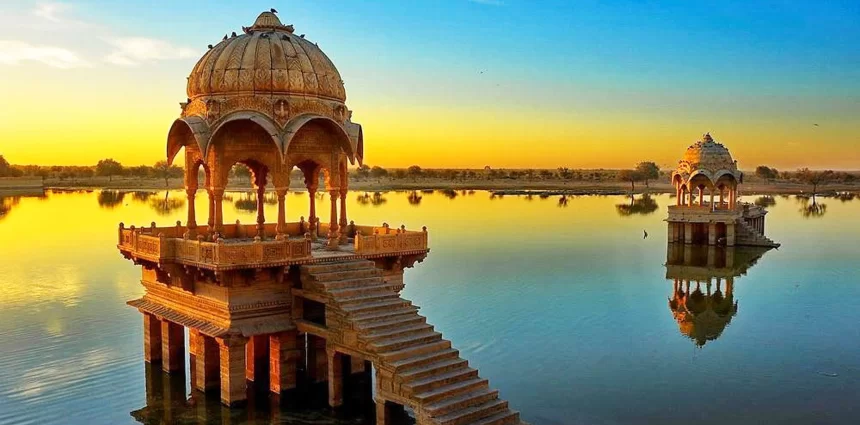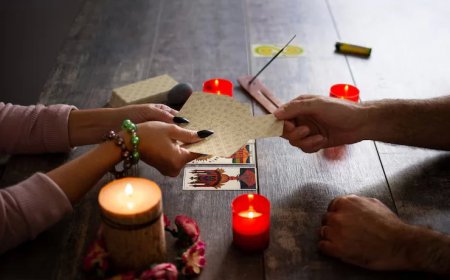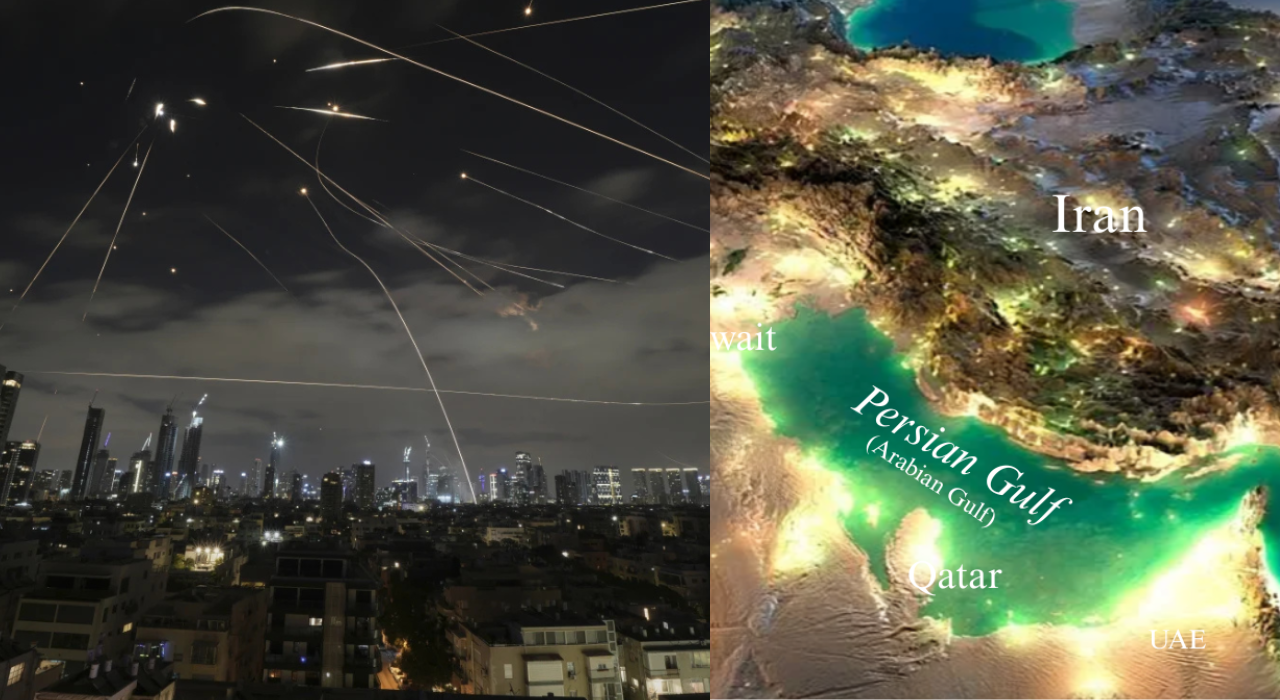In the injustice of Bhutan’s ‘mindfulness city’, a plea to King Jigme Khesar

Join our WhatsApp Community to receive travel deals, free stays, and special offers!
- Join Now -
Join our WhatsApp Community to receive travel deals, free stays, and special offers!
- Join Now -

A blow fell on the Nepali-speaking Lhotshampa population of Bhutan as the 1980s turned to the 1990s, during the reign of the Fourth King, Jigme Singye Wangchuk and under his command. The kingdom, which would go on to champion the Gross National Happiness index to widespread international acclaim, forced out 100,000 of its Nepali-speaking Lhotshampa citizens, most of whom lived along the southern hilly belt.
The brutally efficient depopulation exercise under the nationalist ideology of driglam namzha, the state’s “code of discipline” that favours the northwestern elite and royalty, was formally declared through a royal decree in 1989. It earned Bhutan the dubious distinction of being the country to force the largest proportion of its population into statelessness and exile – fully one-seventh.
The Lhotshampa were certainly capable of a democratic awakening, as had happened in nearby Nepal, next-door Darjeeling and elsewhere in Southasia that decade. But beyond murmurings, there had been no organised agitation against the royal Druk regime.
Having conducted a census exercise in 1988 and fearful of a “demographic imbalance”, the regime used coercion and falsehood to evict the Lhotshampa, even though some in the dasho nobility preferred to term it a matter of “reverse migration”. The mass of peasantry from the southern belt was forced...
What's Your Reaction?
 Like
0
Like
0
 Dislike
0
Dislike
0
 Love
0
Love
0
 Funny
0
Funny
0
 Angry
0
Angry
0
 Sad
0
Sad
0
 Wow
0
Wow
0















